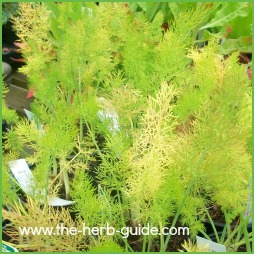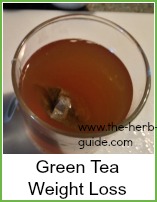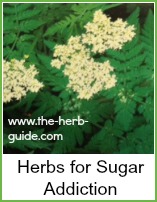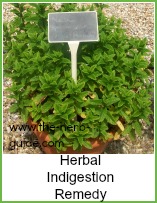- The Herb Guide Home
- Growing Herbs
- Growing Fennel
Growing Fennel
As an Amazon Associate I earn from qualifying purchases

Growing fennel is relatively straightforward. It is a hardy perennial, growing up to 5 ft (150cm) tall.
It has an aniseed flavor and goes well with fish, pork, veal and eggs. The seeds are used in pickling.

You can try a sample lesson to help you decide if the Herbal Academy of New England is the right choice for you - follow the link below.
It is important to know that fennel is the perennial version of the annual dill – don’t grow them near each other as they cross pollinate and you’ll end up with a weird hybrid.
Chewing fennel seeds is said to overcome hunger - the latest diet fad maybe? It was often used during Lent when people were fasting or prior to church services when people were fasting before communion.
Fennel is listed in the British Pharmaceutical Index as a cure for flatulence – it’s used in gripe water for babies.
It has a centuries old history of being used to treat eye disorders, an infusion being used for itchy or sore eyelids or watery eyes.
The herb is different to the bulb that is grown as a vegetable. You can use the leaves from the vegetable in a similar way to the herb though and it has a particular affinity to fish. If you buy a bulb of fennel to eat, then there are often feathery leaves attached and you could use them as a garnish. This recipe for sea bass is a lovely example of how to cook with fennel bulbs.
To Grow Fennel
Choose a sunny or light shady spot – fennel likes moist, chalky soil. Provide some shelter – it’s a tall plant and might need staking.
Sow seed outdoors in mid to late spring – perhaps put a cloche over the area to warm the soil prior to sowing and that will get the seeds off to a good start.
Thin to 18 inches (45cm) apart.
Remove the flowering stems before they flower but you can let one or two plants flower to get seeds.
Harvesting Fennel
Use the leaves as you need them.
If you want to use the seeds, then you will need to have the plants well established early – maybe even start off the seeds indoors in early spring.
Harvest the seeds in early or mid autumn (fall) when they are still green – careful drying is needed.
Fennel is not a very good candidate for domestic drying, unless you have a dehydrator, but you could freeze some in ice cube trays if you want.
Rescue Remedy for Fennel
Fennel can grow very large – if it’s growing out of hand, then divide the plants in mid spring.
Discard old woody plants and replant the newer shoots.
Keep the area weed free and provide some shelter whilst they re-establish.
They should be fine and you’ll be rewarded with strong healthy fennel.
Growing fennel indoors
As fennel grows to an enormous height (around five feet) it's not a plant to grow indoors. It is a perennial plant and if you need to have some for culinary, cosmetic or medicinal use over the winter, then try freezing the leaves or making a tincture out of them. You could dry fennel in a dehydrator if you like or try oven drying.
These pages will also be of interest to you
I may receive a commission if you purchase something mentioned in this post. See more details here This will not affect the amount you pay.




